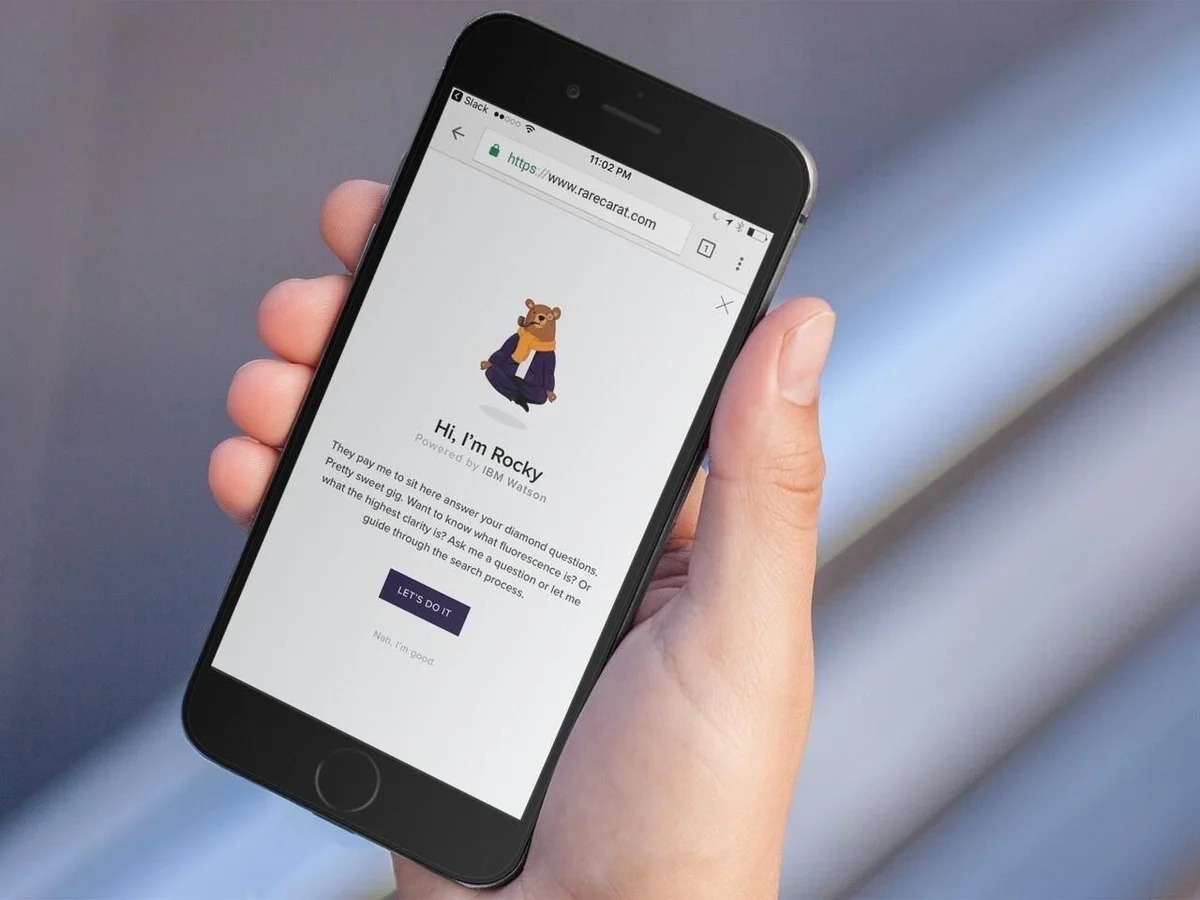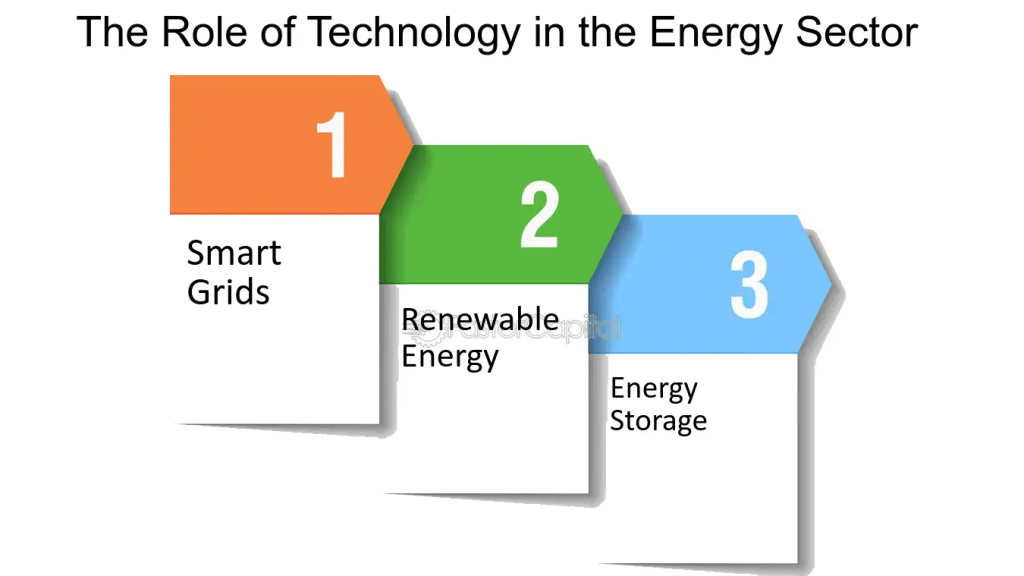What customers want and when they want it is crucial. Responding effectively to consumer buying patterns helps retailers stay competitive and meet customer expectations. By analysing these patterns, businesses can anticipate demand, optimise inventory, and tailor marketing strategies to individual preferences.
Technology plays a vital role in this process by providing valuable insights through data analytics and artificial intelligence. These tools enable retailers to track trends, predict consumer behavior, and personalize the shopping experience. Additionally, advancements like IoT devices and omnichannel platforms further enhance retailers’ ability to adapt by improving inventory management and streamlining customer interactions across various channels.
Table of Contents
Consumer Buying Patterns
Consumer buying patterns are like clues that help stores understand what customers want. These patterns show how people shop, what they like to buy, and when they like to buy it. Imagine it’s summertime, and everyone’s buying ice cream more than hot chocolate. That’s a buying pattern! These patterns are influenced by many things, like what people can afford, what their friends like, or what’s popular in their culture.
For stores, knowing these patterns is super important. It’s like having a map to where all the treasure (customers) are. By understanding these patterns, stores can stock up on the things people want and make sure they’re not stuck with stuff nobody’s buying. For example, if a store sees that lots of people are buying swimsuits in May, they’ll know to order more swimsuits and maybe even put them on sale to attract more customers.
Technology helps stores figure out these patterns faster and better than ever before. With fancy tools like computers and data analysis software, stores can look at what people are buying, when they’re buying it, and how much they’re willing to pay. This helps stores plan ahead, so they’re always ready for whatever customers want. Plus, stores can use this info to make shopping more fun and personalized, like suggesting products customers might like based on what they’ve bought before.
Understanding consumer buying patterns is like having a secret weapon for stores. It helps them stay ahead of the game, keep customers happy, and make more money. And with technology on their side, stores can unlock even more insights into what makes shoppers tick, making the shopping experience better for everyone.
Challenges in Responding to Consumer Buying Patterns
Responding to consumer buying patterns isn’t always easy. Stores face some tricky challenges along the way.
Rapidly Changing Consumer Preferences
- Trends shifting quickly due to social media influence
- Seasonal fluctuations impacting buying habits
- Emergence of new products and technologies affecting consumer choices
- Changing demographics leading to shifts in preferences
- Influence of cultural and societal factors on purchasing decisions
- Increasing demand for sustainability and ethical consumption
- Rise of online shopping and digital marketplaces altering traditional buying patterns
- Impact of global events and economic factors on consumer behavior
Data Overload and Fragmentation
- Gathering data from multiple sources, including online and offline channels
- Dealing with large volumes of data generated by customer transactions and interactions
- Ensuring data quality and accuracy for meaningful analysis
- Integrating data from disparate sources for comprehensive insights
- Challenges in identifying relevant data amidst noise and irrelevant information
- Addressing privacy concerns and regulatory compliance related to consumer data
- Difficulty in real-time data processing and analysis for timely decision-making
- Managing data storage and infrastructure costs associated with large-scale data processing
Reliance on Outdated Methods
- Relying on historical sales data and gut instincts for decision-making
- Limited ability to anticipate future trends using traditional forecasting methods
- Inadequate understanding of emerging consumer segments and niche markets
- Resistance to adopting new technologies and data-driven approaches
- Lack of agility in responding to market changes due to rigid operational processes
- Failure to leverage customer feedback and sentiment analysis for insights
- Difficulty in personalizing marketing strategies without data-driven insights
- Inefficient inventory management practices leading to stockouts or excess inventory
Technology Solutions for Responding to Consumer Buying Patterns
Understanding what customers want is crucial for businesses to thrive. Technology plays a key role in helping retailers adapt to changing consumer preferences and buying patterns.
Data Analytics and Artificial Intelligence
Predictive analytics to forecast future trends based on historical data. Machine learning algorithms for real-time analysis of consumer behavior. Sentiment analysis to gauge customer opinions and preferences. Clustering and segmentation techniques for identifying distinct customer groups.
Demand forecasting models for optimizing inventory levels and supply chain management. Recommendation engines for personalized product recommendations. Dynamic pricing strategies based on market demand and competitor pricing. Social media monitoring tools for tracking consumer sentiment and engagement.
Customer Relationship Management (CRM) Systems
Centralized database for storing customer information and transaction history. Customer segmentation capabilities for targeted marketing campaigns. Automated email marketing workflows for personalized communication. Loyalty program management to incentivize repeat purchases.
Feedback collection mechanisms for gathering customer insights. Integration with other business systems for seamless data flow. Mobile CRM applications for on-the-go access to customer data. Analytics dashboards for tracking key performance indicators and customer metrics.
Internet of Things (IoT) and Connected Devices
RFID technology for real-time inventory tracking and management. Smart sensors for monitoring product shelf life and freshness. Beacon technology for delivering location-based promotions and offers. Smart mirrors and fitting rooms for enhancing in-store experiences.
Connected appliances for automated reordering of consumable goods. Wearable devices for collecting data on customer behavior and preferences. Integration with POS systems for streamlined checkout processes. IoT platforms for aggregating and analyzing data from multiple devices.
Omnichannel Retailing
Unified commerce platforms for seamless shopping experiences across channels. Click-and-collect services for convenient online ordering and in-store pickup. Inventory visibility across all channels to prevent stockouts and overstocking. Cross-channel marketing campaigns for consistent brand messaging.
Personalized promotions and discounts based on customer preferences and purchase history. Integration of online and offline data for a holistic view of customer interactions. Mobile apps with geolocation features for targeted promotions and store navigation. Omnichannel analytics for measuring the effectiveness of marketing initiatives across channels.
Conclusion
Technology is like a superhero for retailers dealing with how people shop. It helps them understand what customers want and when they want it. With tools like data analysis and smart gadgets, retailers can keep track of trends, manage their stock, and even suggest products customers might like.
In today’s fast-paced world, technology isn’t just a bonus. It helps retailers stay ahead of the game by predicting what customers will want next and adapting their strategies accordingly. By embracing these technological advancements, retailers can create better shopping experiences, keep customers happy,







